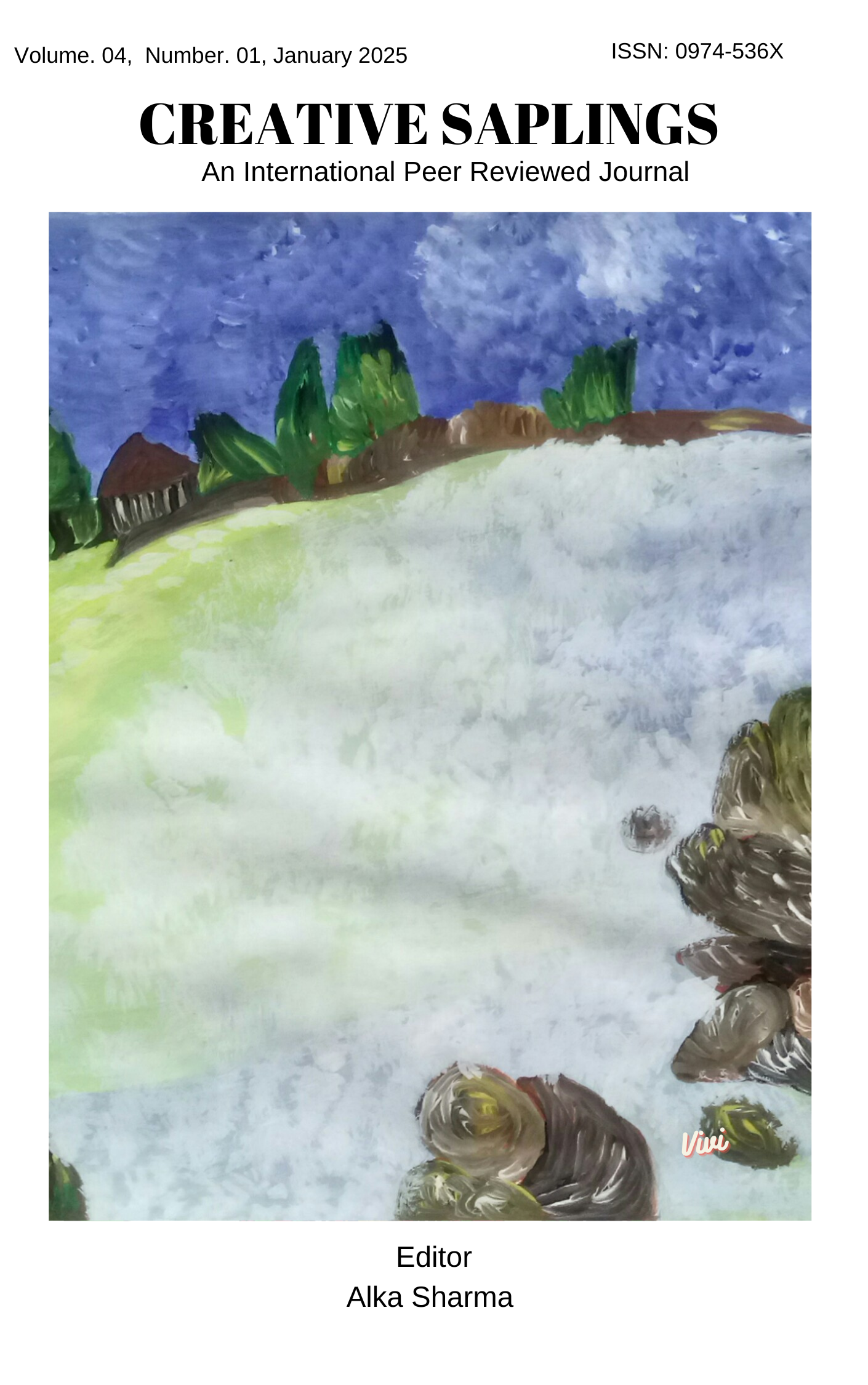Shakespeare in the Spotlight: Examining the Binary of Elite and Pop Culture in Shakespeare’s Legacy
DOI:
https://doi.org/10.56062/gtrs.2025.4.01.849Keywords:
Shakespearean canon, manga, interactive fiction, popular culture, adaptations.Abstract
The literary oeuvre of William Shakespeare has become ubiquitous within popular culture, pervading a broad range of media, including motion pictures, television series, musical compositions, and promotional campaigns. This paper delves into the intriguing intersection of Shakespearean canon and popular culture, with a particular focus on Hamlet. It aims to examine the various adaptations of William Shakespeare’s Hamlet in different forms of popular culture, with a view to understanding the impact these adaptations have had on the public’s perception of Shakespearean canon. The paper is centred on two specific adaptations of Hamlet - Ryan North’s interactive graphic fiction To Be or Not To Be, and the manga edition of Hamlet by Adam Sexton and Tintin Pantoja titled Shakespeare’s Hamlet: The Manga Edition. One of the primary objectives of this research is to investigate the use of graphic novels and interactive fiction as mediums of popular culture in adapting Hamlet. The paper argues that the adaptations of Hamlet in popular culture bring a fresh perspective to the text, and can appeal to new and diverse audiences that might not have been exposed to Shakespearean canon in traditional academic settings. Furthermore, the paper explores the larger implications of these adaptations in the context of the relationship between popular culture and literary canon. It highlights how popular culture has helped to expand the reach of Shakespeare’s works and recontextualize them for new audiences, while retaining the fundamental essence of his works. The paper also considers the challenges and opportunities presented by the intersection of Shakespearean canon and popular culture. Finally, this paper aims to contribute to ongoing conversations about the role of popular culture in shaping our understanding of literary classics and the ways in which these works can be adapted and reinterpreted for modern audiences, through the discursive lens of Hamlet’s adaptations.
Downloads
References
Greenblatt, Stephen Jay. Shakespearean Negotiations: The Circulation of Social Energy in Renaissance England. University of California Press, 2006.
Henderson, Diana E. “From Popular Entertainment to Literature.” The Cambridge Companion to Shakespeare and Popular Culture, edited by Robert Shaughnessy, Cambridge University Press, 2007, pp. 6–25.
Loomba, Ania. Shakespeare, Race, and Colonialism. Oxford University Press, 2013.
McDonald, Russ. Shakespeare and the Arts of Language. Oxford University Press, 2013.
North, Ryan, and William Shakespeare. To Be or Not to Be: A Chooseable-Path Adventure. Riverhead Books, 2013.
Sexton, Adam, et al. Shakespeare’s Hamlet: The Manga Edition. John Wiley & Sons, 2008.
Shakespeare, William. Hamlet. Oxford University Press, 1993.
——. Henry V. Oxford University Press, 2001.
——. Troilus and Cressida. Cambridge University Press, 2017.
Downloads
Published
Issue
Section
License

This work is licensed under a Creative Commons Attribution-NonCommercial 4.0 International License.






